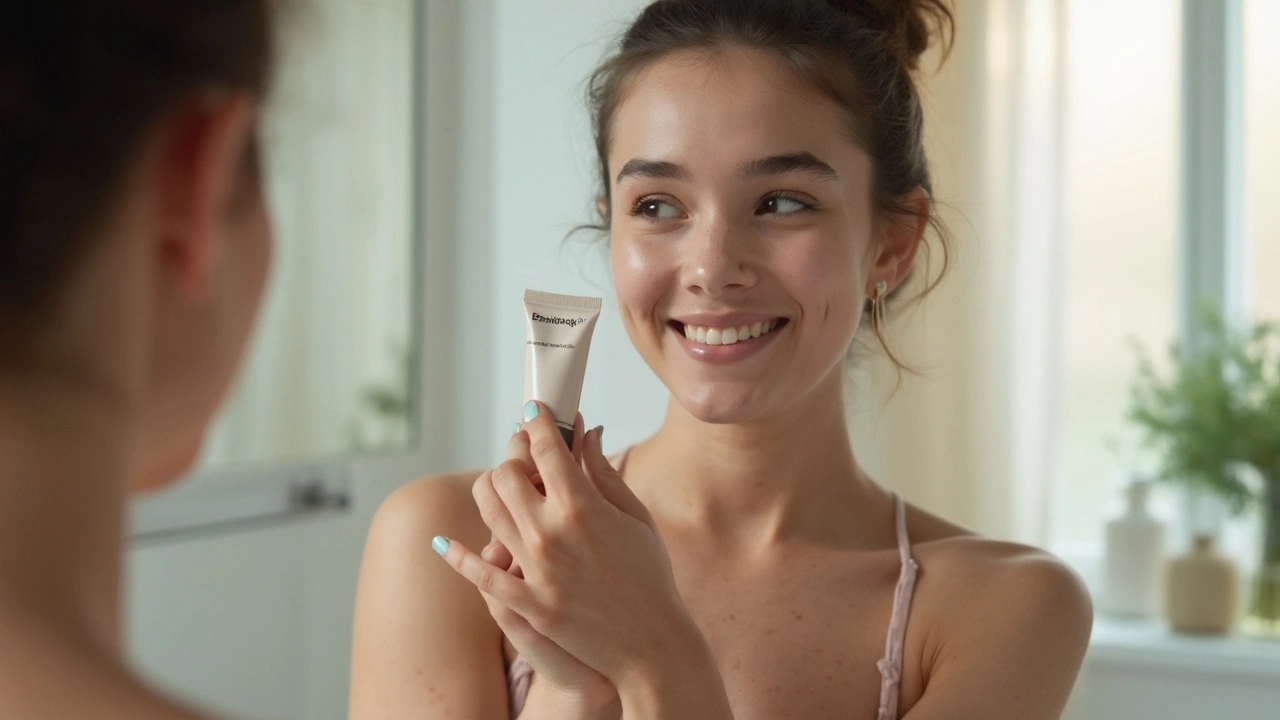Skin depigmentation: what it is and how to handle it safely
Dark spots, lighter patches, or uneven tone — that’s skin depigmentation in plain words. It happens for many reasons and treatments vary from simple creams to in-office procedures. The tricky part: the wrong choice can make pigment problems worse. This page gives clear, practical steps to help you understand causes, real options, and safety checks before you try anything.
Common causes you should know
Sun damage is a top cause of darker spots — repeated UV exposure triggers extra melanin. Hormones can cause melasma during pregnancy or with some contraceptives. Post-inflammatory hyperpigmentation shows up after acne, cuts, or burns. For white patches, autoimmune conditions like vitiligo cause loss of pigment cells. Certain medicines and chemical exposures can also change skin color. Identifying the cause is the first step to picking the right treatment.
Treatment options that work — and when to use them
Topical treatments: over-the-counter azelaic acid, niacinamide, vitamin C, and mild hydroquinone (where legal) can lighten darker spots over weeks. Retinoids speed up skin turnover and help other ingredients work better. Prescription options include stronger hydroquinone, tretinoin, and topical calcineurin inhibitors for vitiligo—these need a clinician’s direction.
Procedures: chemical peels, microneedling, and certain lasers can be effective but carry risks, especially for darker skin tones. A wrong laser or too-deep peel can trigger more pigmentation. Phototherapy (narrowband UVB) is commonly used for vitiligo to encourage repigmentation with medical supervision.
Natural or home remedies: some people use kojic acid, licorice extract, or glycolic acid products. These may help mild cases but results are slower and variable. Avoid DIY strong acids or unregulated skin-bleaching products — they can damage skin and cause long-term problems.
Sunscreen is non-negotiable. UV rays undo most treatments and deepen spots fast. Use a broad-spectrum SPF 30+ daily and reapply if you’re outside.
Safety tips before you start anything
Patch-test any new product on a small area for a week. If you get irritation, stop. Check ingredient concentrations and avoid mixing strong actives without guidance (for example, high-strength retinoids with aggressive peels). If you have darker skin, ask a dermatologist experienced in ethnic skin — they’ll pick treatments that lower the risk of rebound darkening.
When to see a doctor: sudden or spreading depigmentation, painful lesions, or no improvement after months of treatment. A clinician can order tests, confirm diagnoses like vitiligo or melasma, and prescribe or perform safer interventions.
Want more practical reads? Search our site for specific guides on hydroquinone, lasers, and natural alternatives — plus safety checklists before buying products online. Skin tone changes can be handled well when you match the cause with the right, safe approach.

